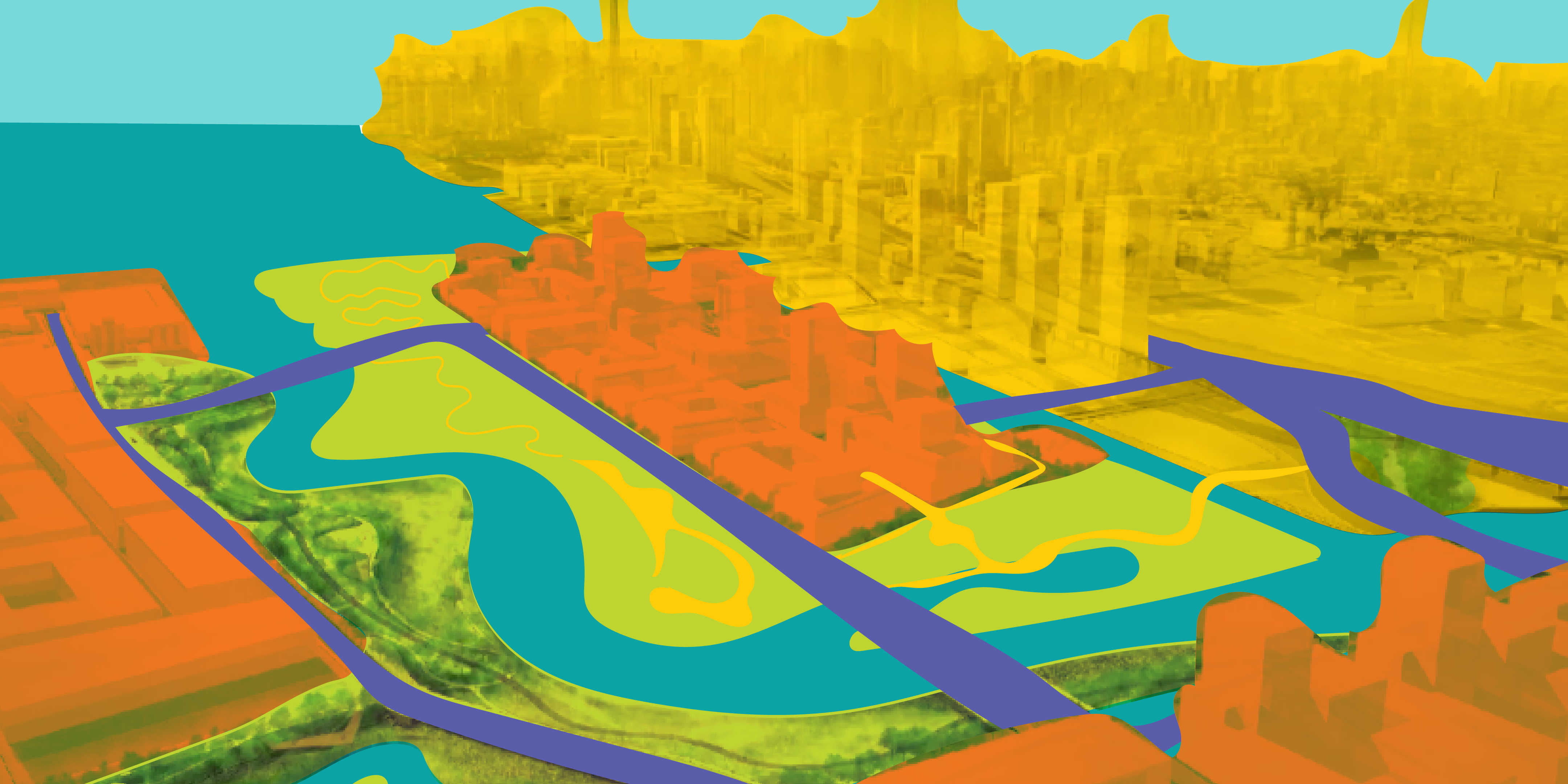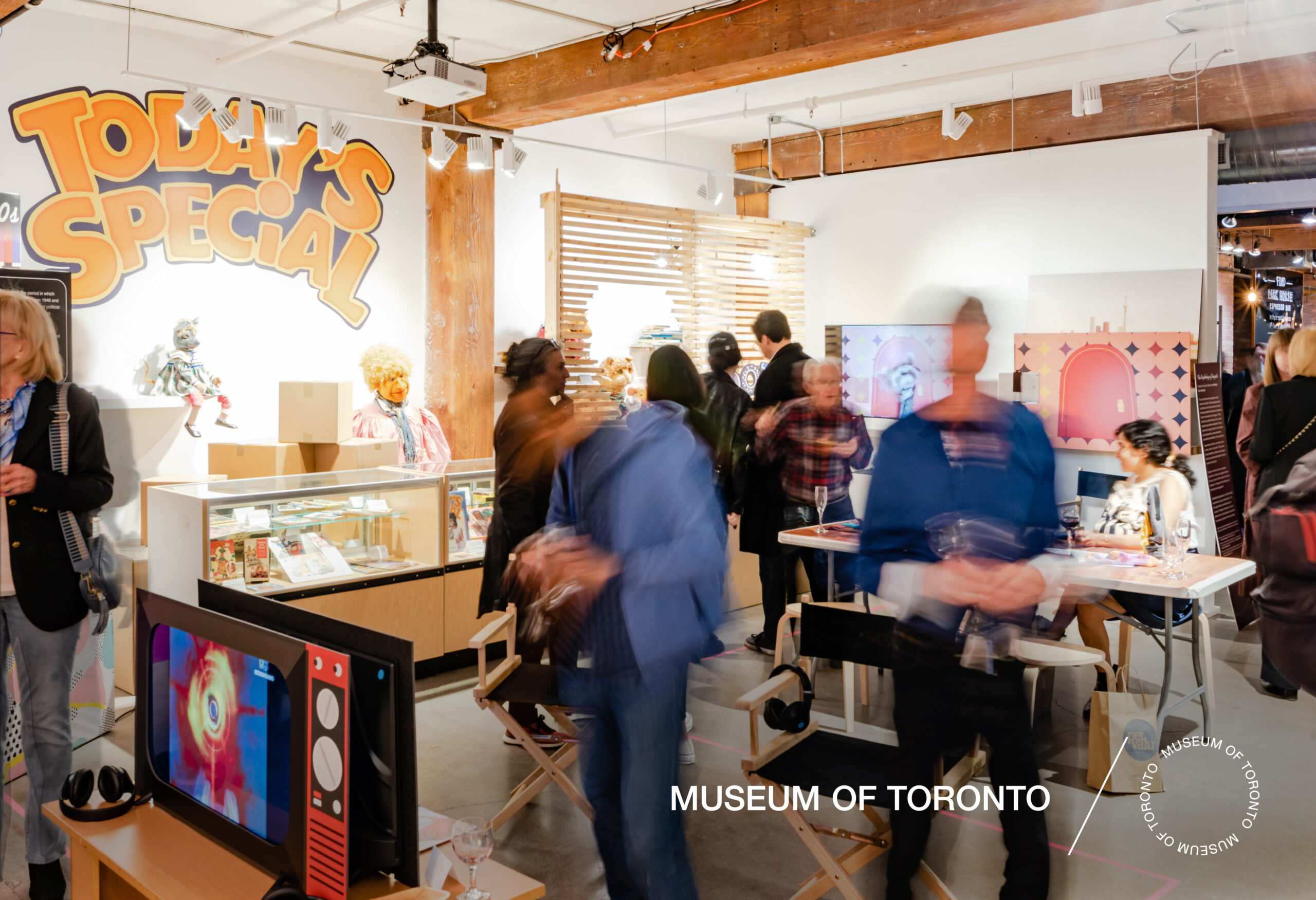Open Wednesday to Saturday, 12 p.m. to 6 p.m.
Toronto's Factory Towns
The Industrial Roots of Our Neighbourhoods
Image: Aerial view of Goodyear plant (Vintage Toronto post; photo from TPL Archives)
Some of Toronto’s iconic neighbourhoods began as hyper-local towns in which factories built communities for workers and their families.
The Foundation of Community and Industry
Toronto’s vibrant tapestry is woven with the threads of history, culture, and industry, where iconic neighbourhoods serve as living testaments to the city’s dynamic evolution. Among these, the story of New Toronto (Islington & Lakeshore Blvd W) stands out as a fascinating chapter of how industrialization not only shaped the urban landscape but also fostered close-knit communities. This narrative delves into the era when factories were more than mere places of work; they were the heartbeats of burgeoning towns, creating an ecosystem that catered to every aspect of their workers’ lives.
@myseumoftoronto Some of Toronto’s iconic neighbourhoods began as hyper-local towns in which factories built communities for workers and their families. The factory would create its own internal infrastructure (such as police and fire halls, local newspapers, and even local sports teams) to serve workers and their families. Did you know that New Toronto (Islington & Lakeshore Blvd W) was one of them? #ForYouPizza #toronto #torontohistory #urbanhistory ♬ Neon Bass - Tangelene Bolton
The Birth of Industrial Communities
In the late 19th and early 20th centuries, Toronto witnessed the emergence of neighbourhoods that transcended the conventional urban fabric. Factories, seeking to attract and retain a dedicated workforce, embarked on an ambitious journey to build communities from the ground up. These industrial enclaves were characterized by their self-sufficiency, boasting a range of internal infrastructures designed to meet the comprehensive needs of workers and their families.
New Toronto: a Model Industrial Town
New Toronto, nestled along Islington and Lakeshore Boulevard West, epitomizes this phenomenon. Originally conceived as a hyper-local town, it was a place where the factory wasn’t just an employer but a cornerstone of community life. This neighbourhood’s genesis was marked by a visionary approach, where the provision of essential services and amenities was integral to its foundation.
A Self-Sustaining Ecosystem
The factories of New Toronto were more than just economic engines; they were the architects of a micro-society. This included the establishment of police and fire halls, ensuring the safety and security of the community. Local newspapers were launched to keep residents informed and connected, while local sports teams fostered a sense of unity and pride among the populace. This holistic approach to community building was a testament to the industrial leaders’ commitment to their workforce’s welfare.
Legacy and Transformation
Today, New Toronto stands as a vibrant neighbourhood, its streets echoing the legacy of its industrial past. The transformation from a factory town to a bustling urban area is a testament to Toronto’s adaptability and growth. However, the spirit of community, initially instilled by those early industrial endeavours, continues to thrive, shaping the neighbourhood’s identity.
Reflecting on Industrial Heritage
The story of New Toronto serves as a compelling reminder of how industry and community can intertwine to create a lasting legacy. These neighbourhoods, born out of necessity and vision, have evolved into integral parts of Toronto’s urban landscape, enriching the city with their unique histories and identities. As we walk the streets of New Toronto, we walk on the paved memories of a time when factories built more than just products; they built communities.
Explore More
Meet the man who co-founded the Canadian National Institute of
Black Railway Porters and Their Lasting Impact on Canadian Labour Policy
How Stanley Grizzle and the Brotherhood of Sleeping Car Porters
Share this Article
Explore More
Content
Urban Colour & Natural Dyes Workshop
There are vibrant hues hiding in unexpected places around the city! Learn the art of creating dyes with the Contemporary Textile Studio Co-Op
A Taste of Beekeeping in Toronto
Learn about urban beekeeping, the city's honeybee population, and partake in a honey tasting!
Conversations on Toronto’s Don River Redevelopment
What is the future of Toronto's iconic Don River?
Mushrooming, Foraging & Native Pollinator Gardens in Toronto
Uncover how Toronto's unique world of plants and mushrooms is right at your fingertips
Untold Stories of Toronto’s Waterfront: A Talk with Author M. Jane Fairburn
A unique talk that invites you to rediscover the past, present and future of life along Toronto's waterfront.
Urban Forest Bathing: A Guided Meditation Session
Come downtown to discover nature blooming through the concrete! Join us for an urban forest bathing experience.
Myseum of Toronto Changes Its Name to ‘Museum of Toronto’
Myseum of Toronto Changes Its Name to ‘Museum of Toronto’ The Museum of Toronto is Toronto’s City Museum Toronto, ON (April 2, 2024) Today, Myseum of Toronto announced it will
Protected: TGW Preview
There is no excerpt because this is a protected post.
Press Releases and Media
Press Releases and Media Museum of Toronto Recent Press Releases Find Usin the News
PAT Market: A Torontonian Grocer and Koreatown Staple
As a landmark independent grocery store, PAT continues to bring Torontonians together over a love for food and a commitment to serve their local community.










